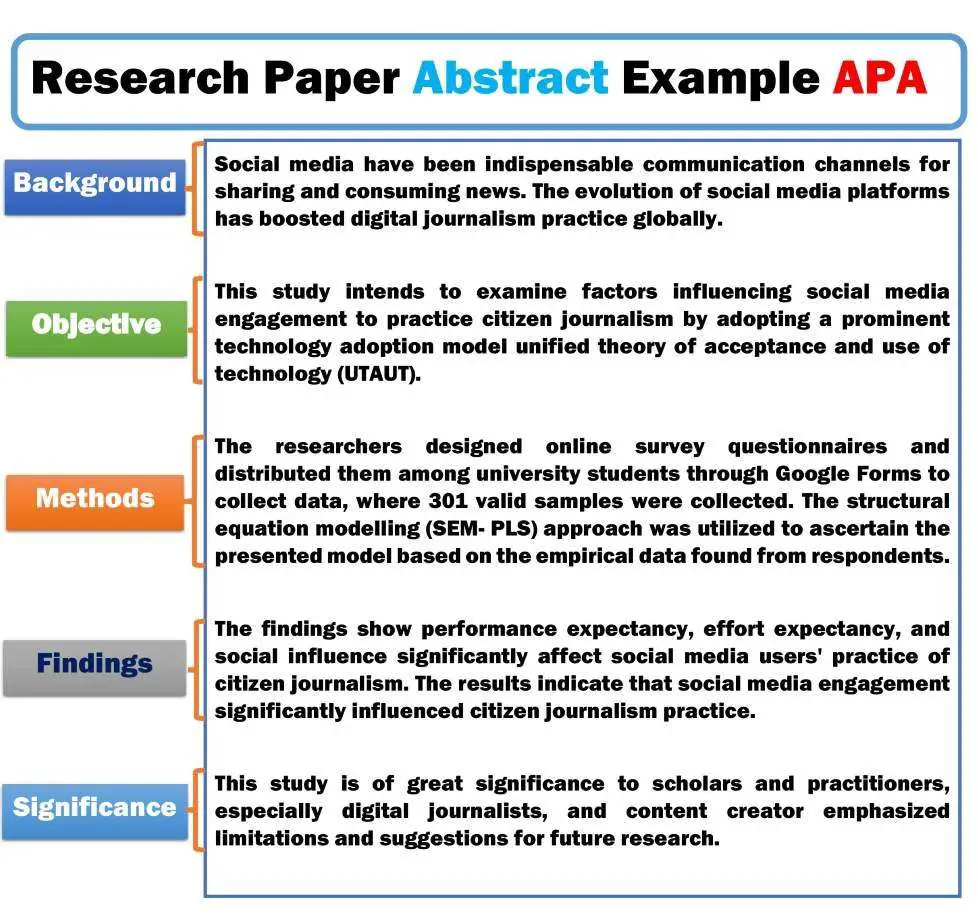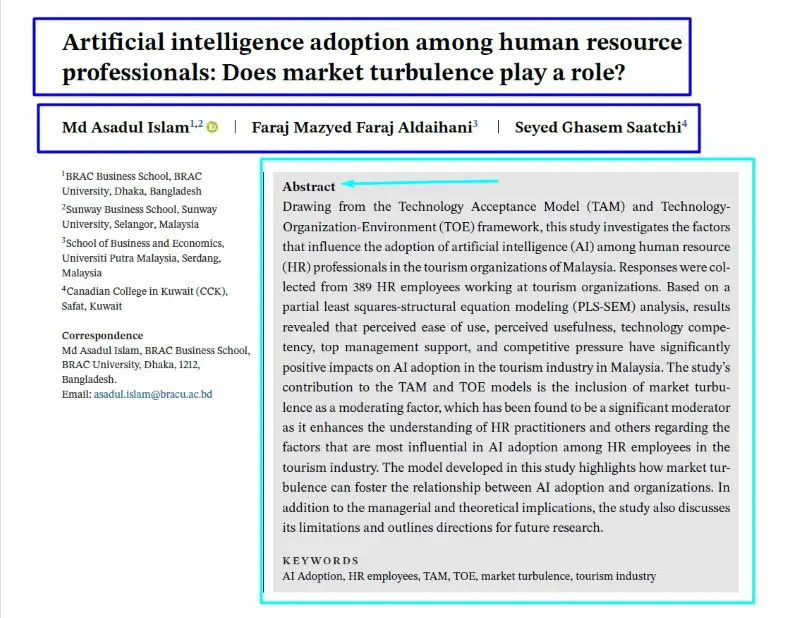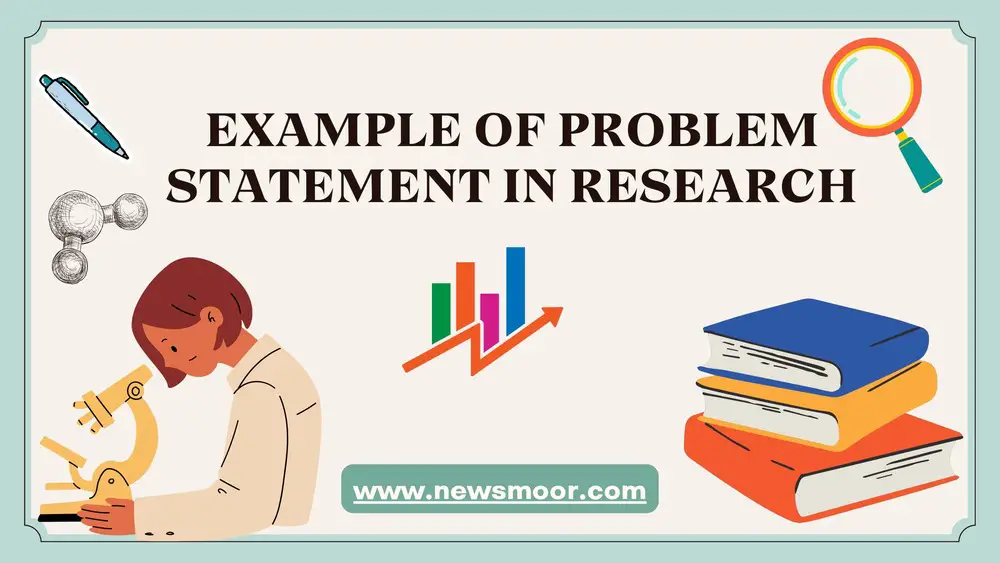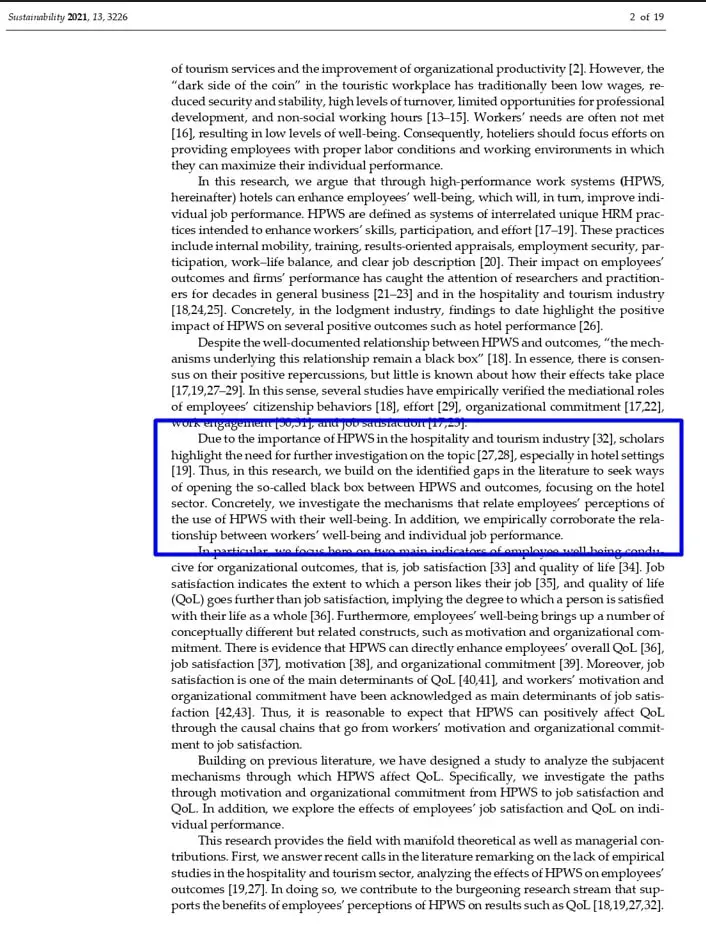Research Paper Abstract Example APA. Examples of an Abstract for a Research Paper in APA
APA-Style Abstract
The APA-style abstract of a research paper refers to the executive summary of the entire research project within 250 words including research background, procedures, aims, results, and significance. An APA-style abstract illustrates a summary of the study within 150 to 250 words. It is a concise paragraph of a complete research project. The APA style comprises 12 Times New Roman fonts using single-spaced and aligned to the left at the top of the page. An abstract is the most important part of the research paper or proposal to attract the leaders to read the entire article. The abstract of a research paper or proposal is known as an executive summary of the study.
The readers are lecturers, supervisors, co-supervisors, members of the supervisor panel, students, researchers, and practitioners. A good abstract attracts the readers to read the entire study. It outlines the key findings of the research topic before reading the full manuscripts.
Elements of a Research Paper Abstract APA
The five key elements of writing an APA-style abstract for a research paper or proposal are background, objective, method with tools, findings, and significance. The students or researchers must include these five components in the abstract to explain the executive summary of entire documents.
Background: It is a simple opening sentence that includes the background of the study and context. Sometimes, it also presents the problem statements of the thesis.
Objective: It illustrates the aim of the study within one or two sentences. It also demonstrates why this study is important.
Method(s) with Tools: It explains what type of method will be used to conduct the research within one or two sentences. Researchers must mention tools utilized for data analysis within one sentence. For example, SPSS, PLS-SEM, CB-SEM.
Findings: It demonstrates the results of studies indicating the accomplishment of research projects.
Significance: The concluding sentence highlights the positive consequences of the results within one sentence. It also indicates how the results will be used theoretically and practically.
Characteristics of a Good Abstract For Research Paper
A good abstract answers the following questions:
- Why do you want to conduct this study or research?
- How do you want to complete this study or research?
- What do you want to find from this study?
- Where do you want to use the findings of the study?
- Who are the respondents or participants of this research if necessary?
An ideal abstract follows an inverted pyramid style of writing that answers why, what, how, where, and who questions. The answers represent the six key elements of the research paper including background, objective, method(s), tools, findings, and conclusion. It is a bad idea to merely copy the sentences from the article or proposal and put them in the abstract section. The researchers must paraphrase the sentences and write accurate and concise information. Additionally, you have to proofread the manuscript to fix grammatical errors, spelling, and punctuation. Finally, you must follow the simple present and past tense when writing the abstract.

How To Write an APA Abstract for a Research Paper or Proposal
Background:
Social media have been indispensable communication channels for sharing and consuming news. The evolution of social media platforms has boosted digital journalism practice globally.
Objective:
This study intends to examine factors influencing social media engagement to practice citizen journalism by adopting a prominent technology adoption model unified theory of acceptance and use of technology (UTAUT).
Method(s) with Tools:
The researchers designed online survey questionnaires and distributed them among university students through Google Forms to collect data, where 301 valid samples were collected. The structural equation modeling (SEM- PLS) approach was utilized to ascertain the presented model based on the empirical data found from respondents.
Findings:
The findings show performance expectancy, effort expectancy, and social influence significantly affect social media users’ practice of citizen journalism. The results indicate that social media engagement significantly influenced citizen journalism practice.
Significance:
This study is of great significance to scholars and practitioners, especially digital journalists, and content created. Emphasized limitations and suggestions for future research. People practice citizen journalism on social media sites to report real-time news, entertain friends, educate people, and shape public opinion.
Research Paper Abstract Writing Example APA
The following example assists readers in writing a good APA-style abstract for a research paper or proposal. The authors demonstrate a few examples of abstracts for research papers in APA style. These APA-style abstracts are collected from master in science by research and PhD students from the University of Putra Malaysia, the University of Malaysia, and the National University of Singapore.
Example of Abstract for Research Paper APA-1
Research Paper Title: Examination of the Relationship between Social Media Engagement and Citizen Journalism Practice.
Abstract
Social media have been indispensable communication channels for sharing and consuming news. The evolution of social media platforms has boosted digital journalism practice globally. This study intends to examine factors influencing social media engagement to practice citizen journalism by adopting a prominent technology adoption model unified theory of acceptance and use of technology (UTAUT). The researchers designed online survey questionnaires and distributed them among university students through Google Forms to collect data, where 301 valid samples were collected. The structural equation modeling (SEM- PLS) approach was utilized to ascertain the presented model based on the empirical data found from respondents. The findings show performance expectancy, effort expectancy, and social influence significantly affect social media users' practice of citizen journalism. The results indicate that social media engagement significantly influenced citizen journalism practice. This study is of great significance to scholars and practitioners, especially digital journalists, and content creator emphasized limitations and suggestions for future research. Keywords: Social Media, Engagement, Citizen Journalism, UTAUT, Online news.
Sample Abstract for Research Paper APA
The author has collected the following abstract from an empirical article published in the Wiley Online Library. It is a perfect example to write a research paper abstract in APA style. The research title is: “Artificial intelligence adoption among Human Resource Professionals: Does market turbulence play a role?”

Abstract
Background and Objective of the research
Drawing from the Technology Acceptance Model (TAM) and Technology- Organization-Environment (TOE) framework, this study investigates the factors that influence the adoption of artificial intelligence (AI) among human resource (HR) professionals in the tourism organizations of Malaysia.
Method(s) with Tools and Findings
Responses were collected from 389 HR employees working at tourism organizations. Based on a partial least squares-structural equation modeling (PLS-SEM) analysis, results revealed that perceived ease of use, usefulness, technology competency, top management support, and competitive pressure have significantly positive impacts on AI adoption in the tourism industry in Malaysia.
The study’s contribution to the TAM and TOE models is the inclusion of market turbulence as a moderating factor, which is a significant moderator as it enhances the understanding of HR practitioners and others regarding the factors most influential in AI adoption among HR employees in the tourism industry.
Significance of the Study
The model developed in this study highlights how market turbulence can foster the relationship between AI adoption and organizations. In addition to the managerial and theoretical implications, the study discusses its limitations and outlines directions for future research.
Research Paper Abstract Example APA-2
Research Title: Green Innovation and Firm Efficiency in China’s Automotive and Energy Sector: The Moderating Role of Environmental Governance
Abstract: This study examines the mediating role of environmental governance in the relationship between green innovation and firm efficiency, particularly technical efficiency, in the automotive and energy industries. With increasing pressures to adopt sustainable practices, industries are urged to innovate while also adhering to environmental policies. This research employs a quantitative methodology, analyzing data from prominent automotive and energy companies to assess how green innovation influences firm efficiency through environmental governance mechanisms. Preliminary analyses suggest a significant mediating role of environmental governance, which could guide companies in strategic planning and policy formulation. This study aims to contribute to both theoretical frameworks in environmental accounting and practical applications in industry governance.
Examples of an Abstract for a Research Paper in APA-3
Research Title: The influence of digitalization in supply chain management and Competitive advantages on the financial performance of E-commerce companies in Malaysia.
Abstract: Digital technology, has become an important tool for businesses to maintain viable partnerships and establish
significant value connections with other companies. The constantly emerging new digital technologies are affecting almost all business processes and activities every day. This study investigated the impact of digital supply chains on the performance of Malaysian e-commerce companies. This article further evaluates the mediating role of enterprise competitiveness between digital applications and e-commerce enterprise performance. These goals are achieved through quantitative research design. Researchers used stratified sampling technology to send 500 online survey questionnaires via email to Malaysian e-commerce companies engaged in online sales. The questionnaires were collected incomplete responses were deleted, and the TAM model was used to analyze the data.
Malaysian e-commerce companies can consider adopting DSC in their business processes to maintain reliability in a fiercely competitive market by providing good supply chain performance and optimal overall organizational performance. This study is of great significance to scholars and practitioners, especially supply chain management and Malaysian e-commerce companies. Emphasized limitations and suggestions for future research.
Example of an Abstract APA Research Paper-4
Research Title: Evaluating the Impact of Greenwashing on the Financial Performance and Market Reaction to Green Bonds in developing and developed countries.
Abstract: This study delves into the differential effects of green bonds on financial performance and market reactions across developing and developed countries, assessing the influence of greenwashing. It explores whether green bonds have greater financial benefits and stronger market reactions in developing countries and investigates how greenwashing impacts as a moderate variable. The findings offer significant insights for investors, policymakers, and financial institutions aiming to optimize the use of green bonds for promoting sustainable development. The results are expected to influence strategies and regulations, particularly highlighting the need for vigilant monitoring of greenwashing practices to safeguard the integrity and effectiveness of green finance, especially in emerging markets. The study contributes to an understanding of sustainable finance and green bonds as green projects proceed into different markets.
Example of a Dissertation Abstract- 5
Dissertation Title: FACTORS INFLUENCING ELECTRIC VEHICLE ADOPTION
This dissertation investigates the various factors influencing the adoption of electric vehicles (EVs), with a focus on economic, ecological, and public concern determinants. Firstly, the research employs quantitative methods to identify what factors may impact EV sales in different geographic areas. Additionally, this study utilizes text mining techniques to analyze the themes of public concern and acceptance levels of EVs expressed in online media and discussions in the emerging EV market. The goals are to:1. identify patterns and correlations between these factors and their influence on the rates of EV adoption. 2. By providing a detailed understanding of public concerns and acceptance, this research aims to offer valuable insights to policymakers and industry stakeholders to foster a more favorable environment for EV uptake.
Example of a Dissertation Abstract- 6
Significance of this Article
Firstly, the researchers get a clear concept of how to write research papers and proposal abstracts in APA style. it will guide researchers to accept their abstract for conference presentation. This article will assist students who want to write and submit an executive summary of a research proposal for a seminar presentation.

